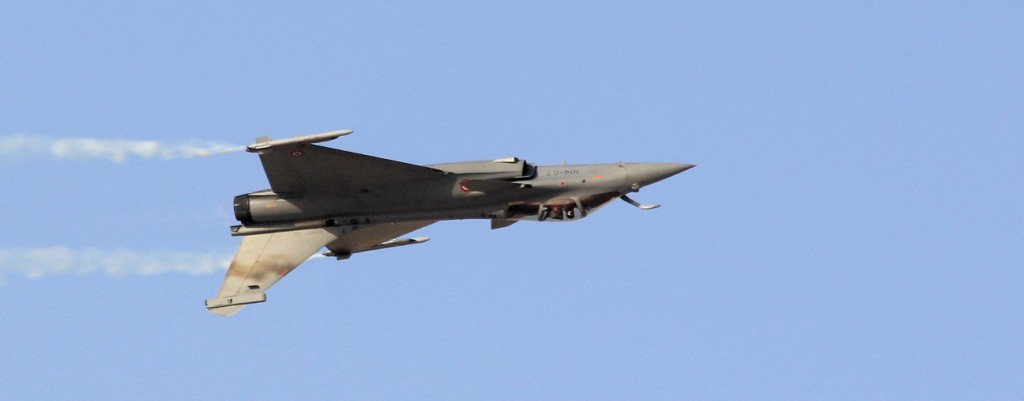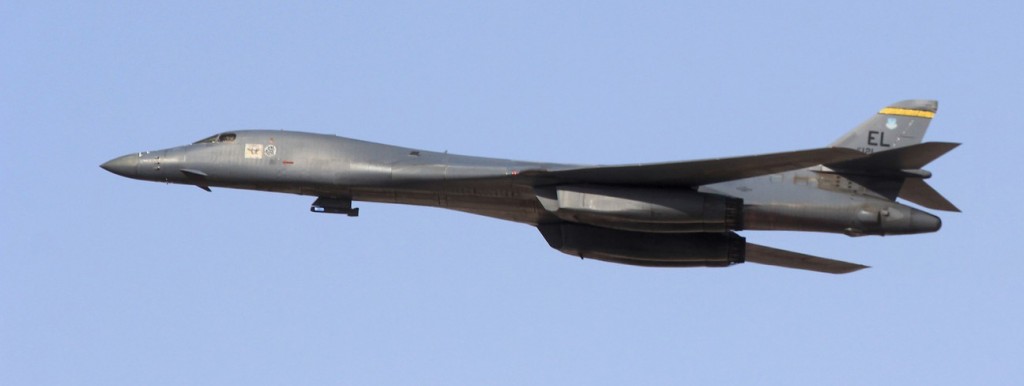Dubai or Not To Buy
Report by Eric H. Biass and Joseph Roukoz
In spite of laudable efforts to jazz up the flight display with exotic fly pasts, the 2015 edition of the Dubai Air Show was not – by a long chalk – a match for its previous Dubai airport-based ebullient editions. There are two main reasons for this. The first is economical, as indeed the sharp decline of the selling price of crude oil has hindered purchase enthusiasms in the area, something which is reinforced by the expensive involvement of the United Arab Emirates in Yemen. The second is the very emplacement of the exhibition in the middle of an area deprived of any of the accommodation facilities promised years ago through lavish scaled models depicting the glamorous new-age premises. Today, the visitor in addition has to endure a 45-minute car ride out of Dubai and into the middle of the desert, only to be faced with a tedious 35-minute queue to get in. In addition, those in charge of security evidently haven’t understood that if a troublemaker wants to maximise the effect of his special vest, he will set it off where a maximum of people are gathered, making the densely packed queuing hall an ideal target. Nevertheless, the Dubai Air Show remains a decently sized exhibition essentially focussed on aircraft, which is more than can be said of other air shows.
Saab Taken by Surprise
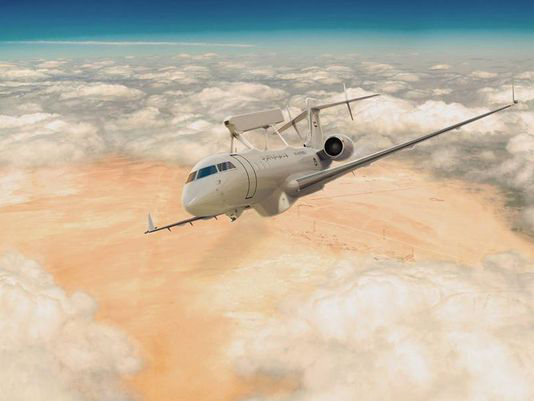
The only major defence order from the Emirates concerned a $1.27 billion deal in the airborne surveillance field by virtue of which Saab will provide not only a substantial upgrade to the United Emirates Air Force’s existing airborne early warning Saab 340s, but also equip its new definitive AEW types based on the Bombardier Global 6000, beating Boeing’s and Northrop Grumman’s rivals in the process that were respectively offering 737 Wedge tail and Hawkeye E-2-based systems (both of which had been static displays at previous Dubai Air Shows). It is interesting to note that while the Saab 340 had been an interim solution, the Air Force still opted to upgrade them in spite of selecting the Global 6000 as the prime aircraft for its definitive early warning services, which says a lot in terms of the confidence acquired with the Swedish system. The aircraft will all be equipped with a new generation of Erieye spine-mounted radar. These will be of the same size, but will boast gallium nitride technology. The Global 6000 will in addition receive a belly-mounted maritime search radar.
Airbus Military
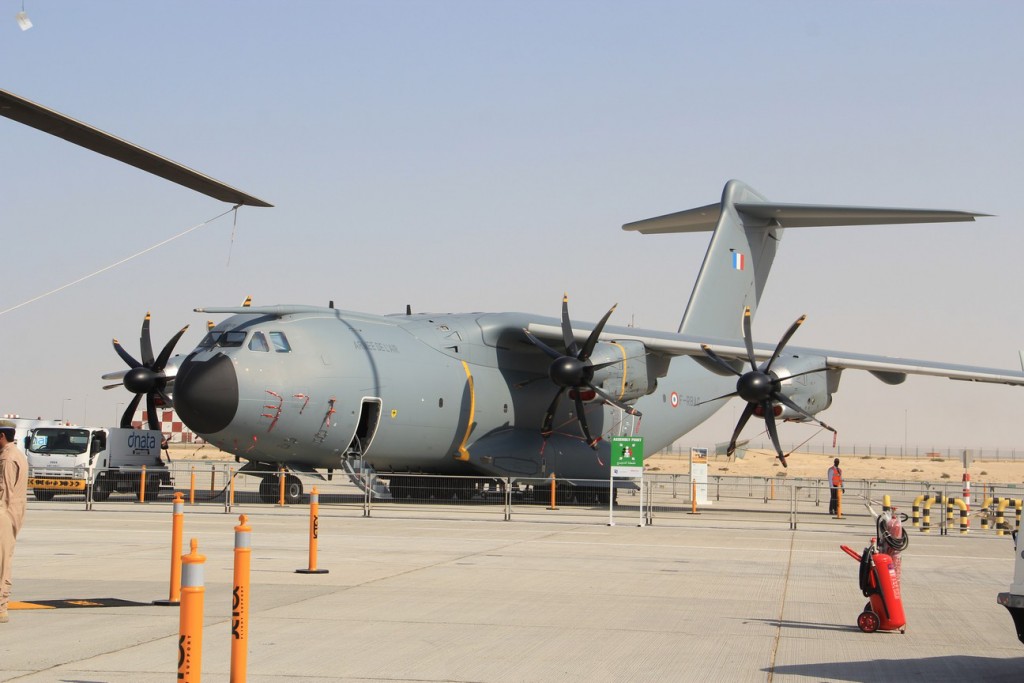
EDR had the privilege to have a brief, but very dense, one-on-one chat with Airbus Military’s new boss, Fernando Alonso. “I’ve been in this new position since the first of March after 30 years [spent] in the commercial side of the Airbus business, but I have to say that after eight months, I don’t regret the move even after the big blow caused by the A400M accident”. Asked about his main objectives for the near future, Alonso explained that regarding the Atlas he had three main milestones.
-The first, he explained, was the necessity to restore customer confidence, meet the chiefs of staff of the customer nations and put the Atlas back on track. The “lack of trust” following the accident was sharp and while all deliveries ceased for two months work had to continue and were planes rolled out onto the apron until airworthiness was restored. In the meantime, the engineers managed to reproduce the symptoms that had caused the engines’ fadec to malfunction and correct this enabling the aircraft to be flown to the Bourget Salon. “We had to restore trust by being totally transparent and share the problems [with the customers], apply full transparency and created suitable atmosphere of confidence” insisted Alonso.
-The second step, “is to guarantee our ability to produce the plane at a proper rate, which is 17 aircraft this year, which is close to our target, and work towards a rate of 21 to 23 aircraft per year—and at the same time respect all quality gates which is a tremendous progress”.
-The third goal, continued Alonso, regards the mission capabilities. While the business of in-flight refuelling of Caracals look rather compromised, “the planes at the end of the year will have more capabilities. The other mission certifications have to be tackled and resolved one after the other”. This includes paratrooper delivery (currently not simultaneous), gravity dropping, pallet extraction and eventually parachute extraction of a full load of A5 pallets. The self-protection also constitutes a stumbling stone, although these are not inherent to the A400M per se.
Other Areas of Airbus Military programmes were also briefly covered by Alonso – including export prospects for the Typhoon—but these will soon be covered in the EDR magazine.
Speared Spartan
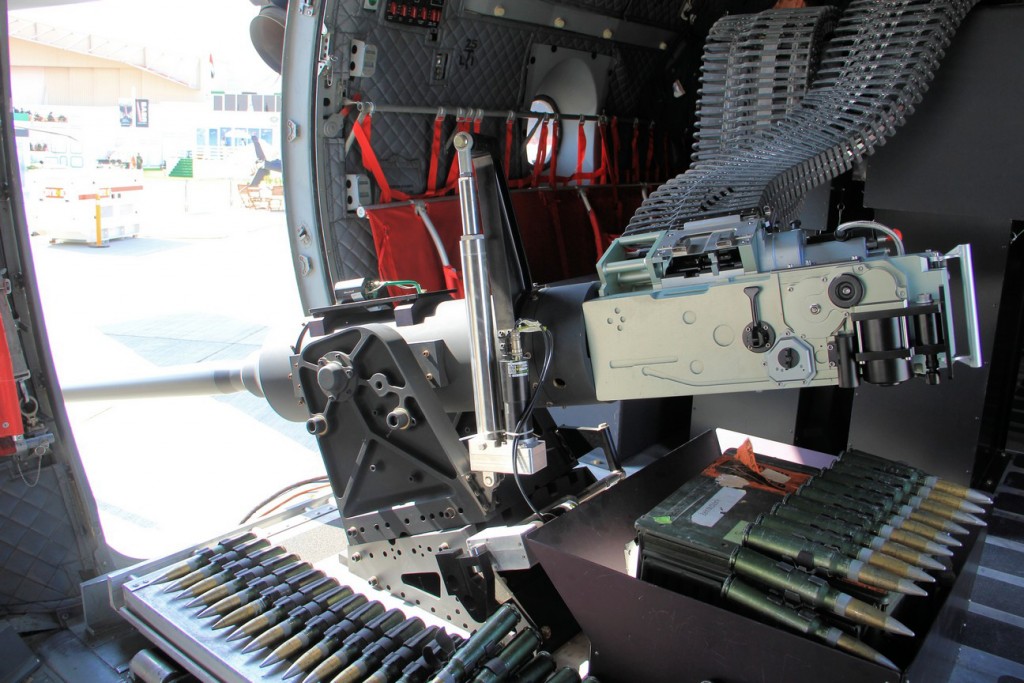
An aircraft that attracted quite a few visitors during the first two days of the show was the C-27J Spartan turned into a gunship with a palletized ATK gun suite. While the aircraft had been seen here and elsewhere before, it completed its test campaign with the Italian Aeronautica Militare last year.
The unique feature of the ATK layout is the dual pallet mounts (one for the 30mm Gau-23 gun and its ammunition box, the other for the fire control post) which enables the aircraft’s configuration to be swiftly switched to gunship from transport configuration and vice versa. The gun can be trained in elevation, But also to -15° in elevation. The aircraft is equipped with an under nose stabilised turret (an L-3 Wescam MX-15D in this instance) the day or infrared imagery is of course fed to the gunners’ consoles.
While the Spartan gunship still only draws keen interest for the time being, ATK has seen its two Airbus Military C235-based gunships completed and delivered to Jordan where they are in service with that country’s air force. The Italian Air Force, on the other hand is rumoured to be looking into a Oto Melara-armed C-27J in a similar configuration, but with a shorter and smaller calibre gun than the ATK weapon enabling the pallet to be withdrawn (or backed) to the starboard side of the plane, enabling the door to clear the gun’s muzzle when it needs to be shut (with the ATK gun, the barrel needs to be removed to do so).
Rafale Dassault
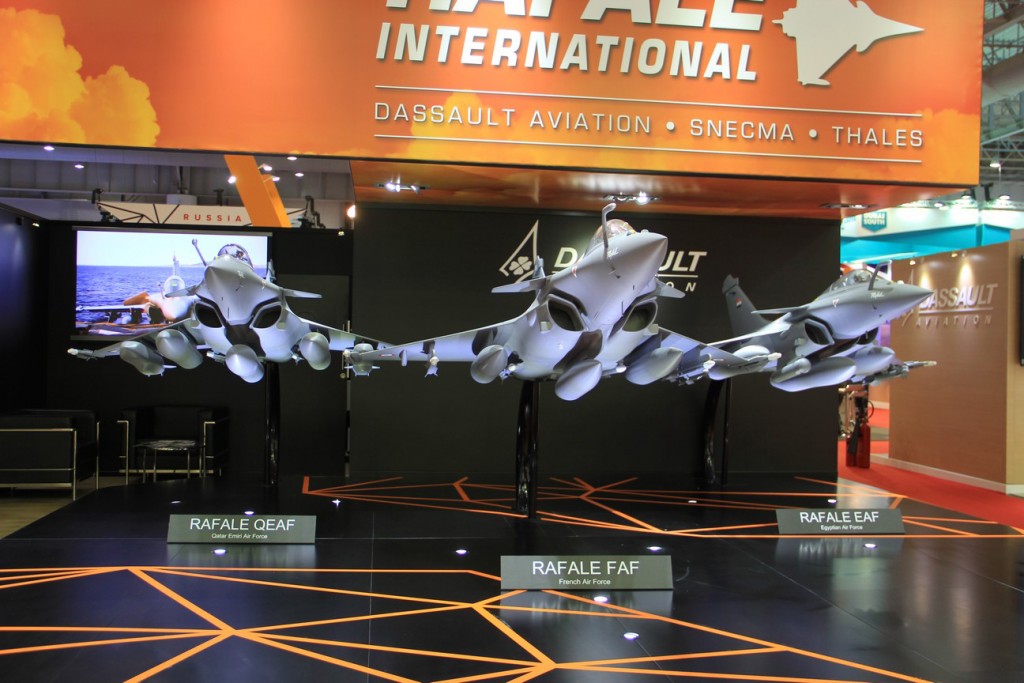
The Rafale performed its usual crisp, clean and tight flight display in the skies above the show grounds (see title picture), but also reminded, with this impressive triple-model display on its stand, that the type has scored two significant export victories, with the Qatar Air Force example to the left of the French example and the Egyptian one to its right. The type retains its chances to win an order in the United Arab Emirates, particularly with the number of successful missions it has recently added to its curriculum vitae.
Typhoon and MBDA
During the show, Eurofighter announced that it was close to pinning a new feather in the Typhoon’s cap after the aircraft successfully performed a clearance test of the MBDA Storm Shadow cruise missile. The next step will obviously involve a complete mission test, although the main issue was to ensure that the missile suitably cleared the aircraft after release, the actual performance of the missile being proven.
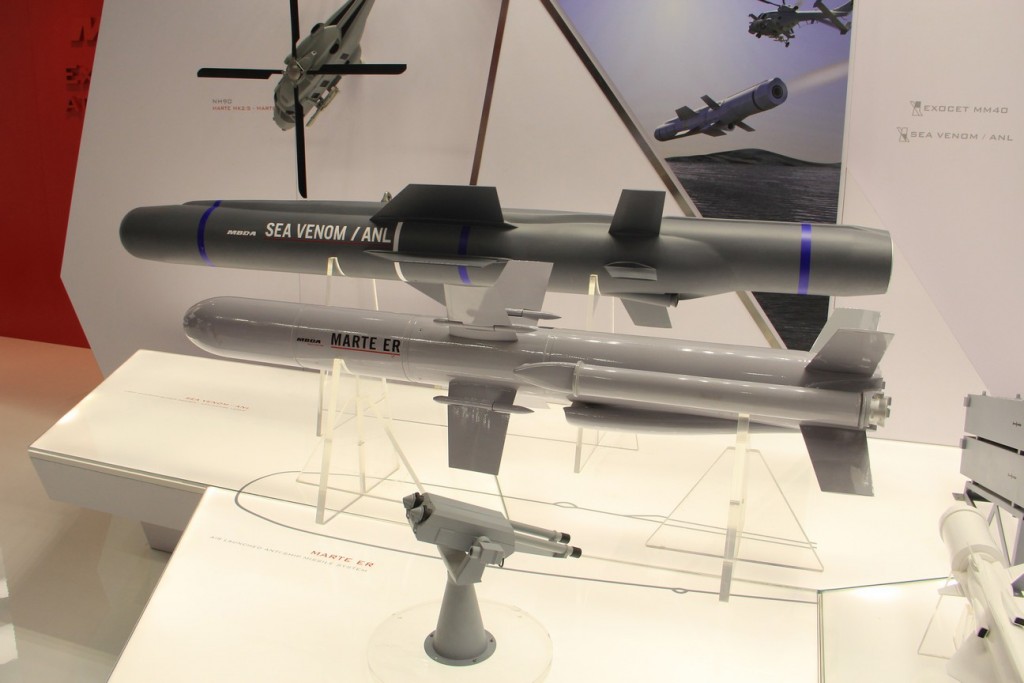
MBDA also used the Dubai Air Show to showcase the fact that the latest iteration of its Marte anti-ship missile, the 360-kilo extended-range Marte ER, has the ability to carry a heavier warhead to a range of 120 kilometres although it was not clear if this applies to missiles launched by a Typhoon (which carry no less than six!) or the launch booster-equipped variant intended for use by helicopters. The Marte ER, with full development funded by Italy and MBDA following Qatar’s commitment, is due for qualification towards the end of 2017, followed by production in 2018 for eventual fitting to Qatar’s future NHI helicopters.
The Sea Venom ANL is for the time being a very British oriented missile as it is intended to equip the Wildcat helicopter in a first stage. The missile is under development since 2014 and due for delivery around 2020. It carries a seeker derived from the type used on the MMP missile.
For the Show
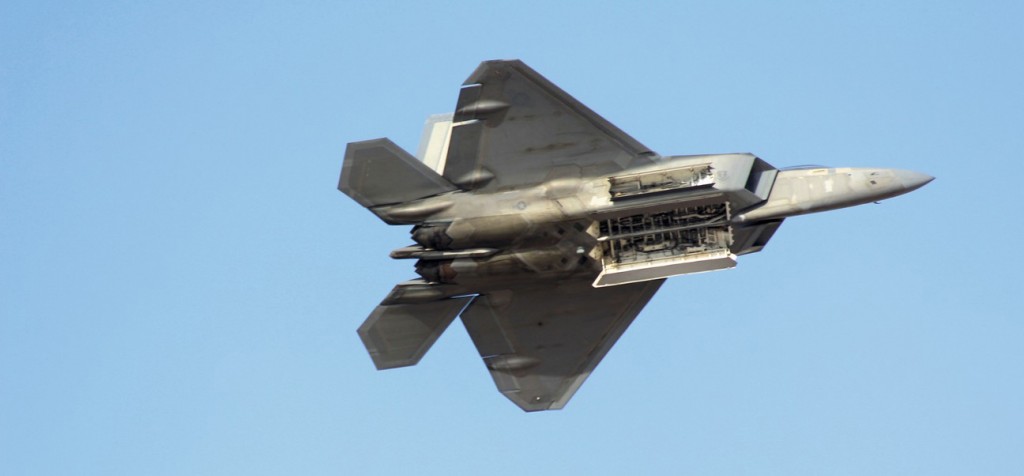
Other Wares of Interest
Turning to wares of interest but not the subject of hot news MBDA’s range of missiles including VL Mica, Milan ER, Exocet and Aster were well highlighted on the comany’s stand. To meet the Britain’s Future Local Area Air Defence system (FLAADS) requirement, MBDA has developed a modular missile known as Common Anti-air Modular Missile (Camm) which is aimed at replacing both the Seawolf and Rapier ground-based air-defence systems. A common solution was deemed logical as the target sets are identical. In its Sea Ceptor version will replace the Royal Navy’s Seawolf missiles currently defending its type 23 destroyers. In due course the shipsets will be transferred to the type 26-class when it enters service.
The Meteor highly manoeuvrable beyond visual range air-to-air missile was test fired from a Rafale in April this year. It has the largest No Escape Zone of any developed air-to-air weapon, resulting in a long stand-off range and high kill probability to both ensure air superiority and pilot survivability. Guidance is provided by an active radar seeker benefiting from enhanced technologies drawn from the Aster and Mica missiles enabling it to autonomously engage target by night or day, in all weather and in severe electronic warfare environments. It carries both proximity and impact fuzzes to ensure total target destruction in all circumstances.
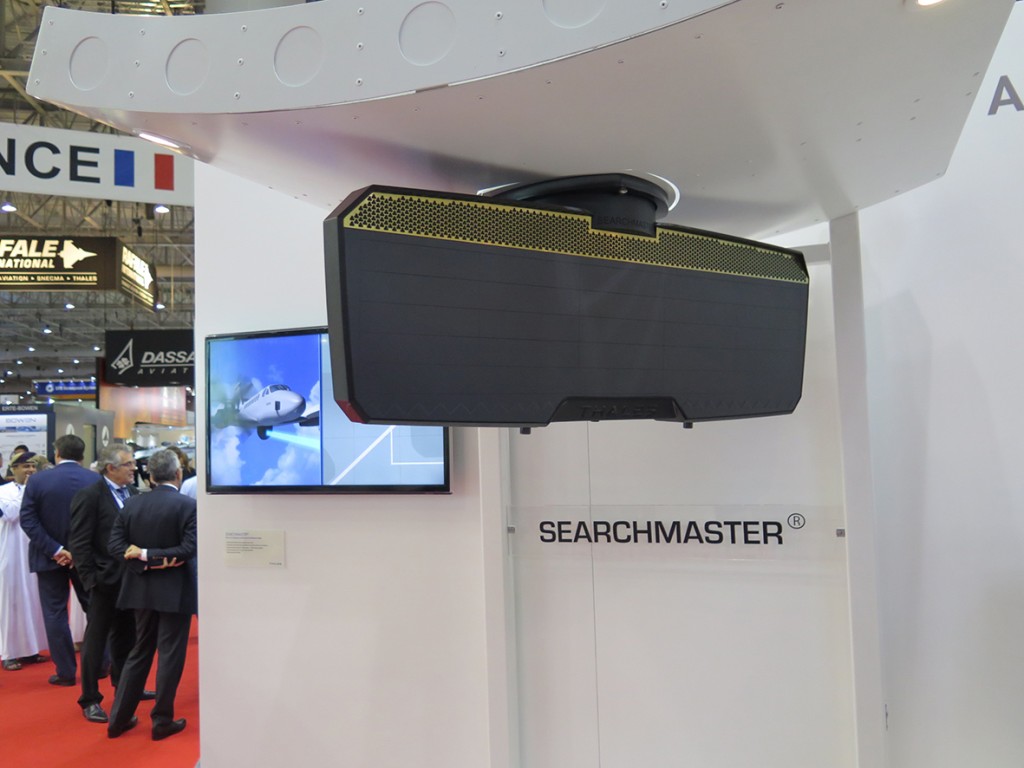
Thales, for its part covered a wide spectrum of aerospace products and capabilities ranging from airborne surveillance systems to flight avionics. A recent item is the firm’s Star NG air traffic control radar. An S-Band primary surveillance radar, it can perform all the operational primary surveillance requirements of both civil and military air traffic control. Interestingly though, it also copes with some new challenges such as flickering from farms, and drastically reduces the impact on operational performance caused by 4G network noise. The Star NG is said to have a spectrum of military capabilities that no civilian radar possesses, namely, the ability to detect both slow and fast moving targets such as helicopters and fighters as well as very small targets like drones.
Amongst Thales’ regular displays now is the latest iteration of the Amascos mission system associated to the Searchmaster multi-role surveillance radar.
Airbus Helicopters have announced the renewal of its customer support services with Global Aerospace Logistics LLC and thereby strengthen the capabilities of the latter to keep the Emirati Armed forces at a peak state of readiness.
Ruag Aviation was also present at the show and was eager to publicise the fact that it has taken the first steps to serial production of the Dornier 228, sending a clear signal to the market that it is strongly committed to its Dornier 228 programme and expects steady growth in this market sector.
The Swiss company will produce four aircraft per year as of mid-2016. Fuselage assembly has already begun, while wing panels are currently in the forming process. The final assembly line has also been set up in Munich-Oberpfaffenhofen as part of the ongoing preparations to get the facility ready production. In this context last year, Ruag Aviation signed a partnership agreement with Tata Advanced Systems to feed its supply chain. This revamped supply chain will give Ruag even greater flexibility to meet the market’s rapidly changing requirements while offering added value to customers. Production of the aircraft involves a number of global suppliers with everything controlled by Ruag personnel on site in Germany where assembly, final checks, and test flights will be carried out.
Other company was present in the show, like DCI, SAFRAN and Bae systems included many Russian companies as Russian Helicopters, UAC, and Rosoboronexport.

